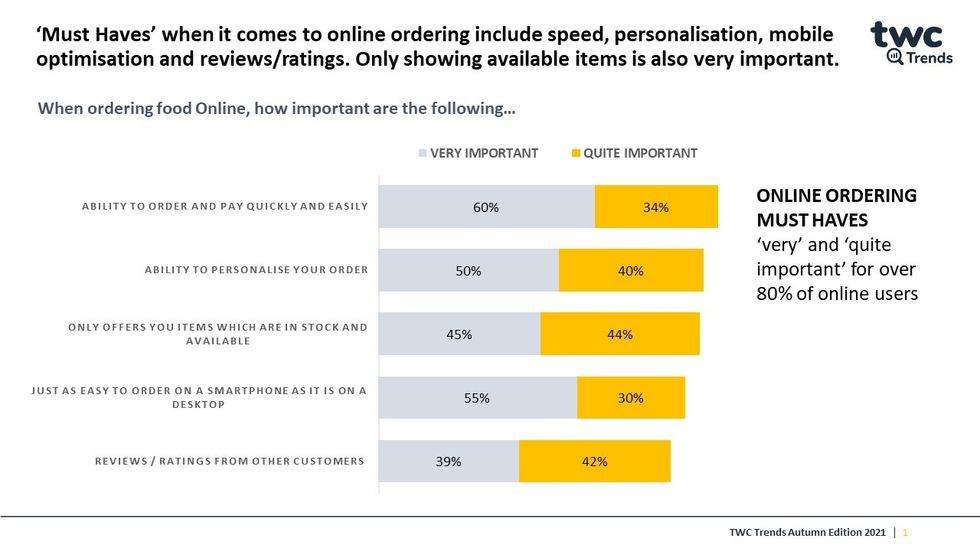Online grocery shopping is increasingly being used for top up shopping, suggests a new report which states that about one third of shoppers use omnichannel for grocery shopping.
According to a new report launched by TWC Trends – Online Explosion, about 30 per cent of consumers have shopped in an online channel other than supermarkets for some of their purchasing.
About 38 per cent of those buying groceries online say that they do top up grocery shopping missions online, with this proportion increasing to 42 per cent amongst the 18 – 34 age group. One in five (22 per cent) say they are only doing top up shopping when they buy groceries online, rising to 28 per cent of the younger cohort.
Sarah Coleman, Communications Director for TWC, said, “Augmented Reality has been adopted well within fashion but is yet to make significant traction in food and drink. In our view this could offer an effective way of replicating the in-store experience, which we know is the biggest barrier to online grocery shopping.

“Half of shoppers that hadn’t shopped online for groceries said it was because they prefer going to the shop for groceries in person, whilst a similar proportion agree that they like to browse the aisles.”
“Two-thirds of shoppers who haven’t shopped for groceries online in the last 3 months think it is unlikely that they will do so next year, suggesting that online grocery penetration could plateau – at least unless some of the current barriers are addressed. Driving more online top up shops will certainly help to drive frequency, especially amongst the younger generation who are most engaged with this mission.”
The report also found that Amazon is leading this charge with 13 per cent of consumers saying they have ordered groceries from the online giant – that’s 60 per cent more than have ordered from third party aggregators, such as Deliveroo.
“Who can own this space is still unclear – and also whether it can be done profitably, especially outside of London and other big cities. We can’t deny that Amazon remains a real threat to the traditional wholesale and retail markets, but frequency and basket size will need to increase before it can make significant headway in grocery,” Coleman said.







